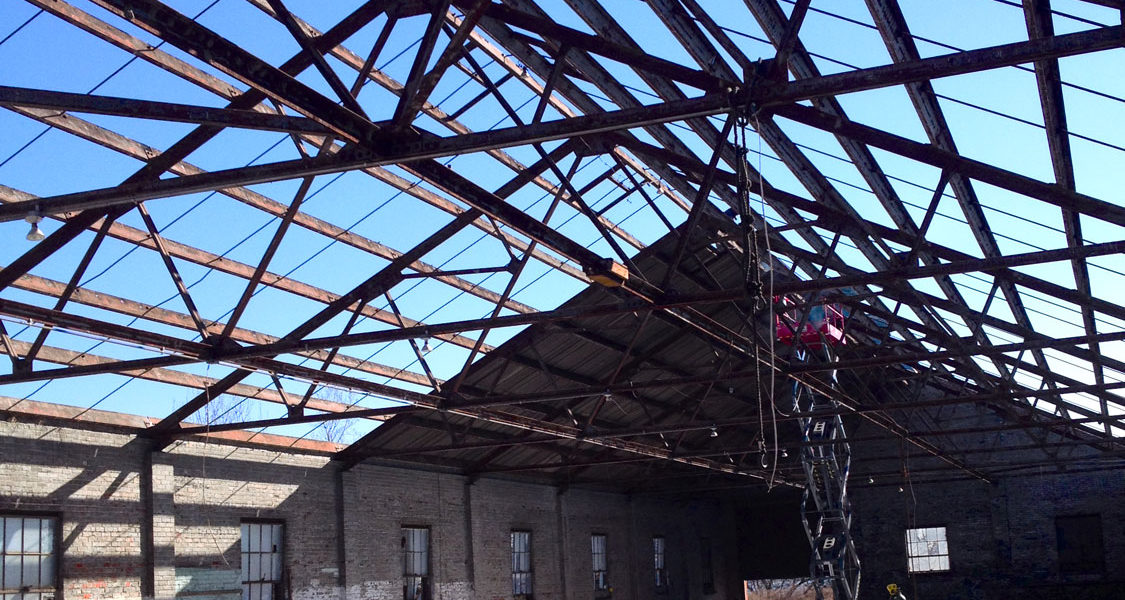 Contractors use water to prevent dust and particulate fibers from becoming airborne.
Contractors use water to prevent dust and particulate fibers from becoming airborne. Asbestos Project Inspector Services at Historic Philadelphia Fort
Preserving historic properties is at the heart of what we do. Located in Philadelphia, Pennsylvania, Fort Mifflin is where an epic battle took place during the American Revolution. At this location, American troops held off the British Navy for several weeks, allowing George Washington and his troops ample time to set up camp at Valley Forge. After six weeks, British ships, the Vigilant and the Fury, released an arsenal of 170 plus cannons against America’s ten. American troops at this location didn’t have a fighting chance. They set fire to the fort fleeing the base to join comrades in New Jersey.
While many of the structures located on this national historic monument have sat vacant for several years, the location has also served as a military prison during the Civil War, a Naval Ammunition Depot in the 20th Century, and most recently as a tourist destination. A portion of the site is owned and occupied by the Army National Guard, which is where our services were needed.
E2S was contracted by Seawolf Construction Corporation, a large government contractor, to provide Asbestos Project Inspector (API) services at the historic Fort Mifflin. Two of the buildings located on site contained roof and ceiling material which contained asbestos fiber. All of the asbestos containing materials (ACM) were considered non-friable, therefore, the ACM could be removed without full containment as long as the ACM was not damaged during the removal. Safety precautions must still be implemented to ensure the fibers were not released during construction activities. If non-friable material is damaged or crushed when it is removed it must be managed as strictly as friable ACM. E2S provided periodic contractor oversight for the abatement, which was completed in just under one month for both buildings. The abatement project included the removal of transite ceiling tiles from one building and ACM roof tiles from the other building.
The Fort Mifflin project was regulated by the Environmental Protection Agency’s (EPA) National Emissions Standards for Hazardous Air Pollutants (NESHAP), which required periodic daily air sampling throughout the abatement project. Prior to abatement beginning, E2S collected pre-tests to establish a baseline for future sampling events. The air samples collected during the abatement of materials were collected to confirm that the abatement contractors were removing the materials in a manner protective to their health. Clearance samples were collected after all ACM to confirm that that the ACM was properly removed without leaving behind trace amounts of asbestos fibers and ensuring the building was safe for re-occupancy. It’s not uncommon for asbestos fibers to be released during the abatement processes. All samples collected before, during, and after the abatement were analyzed using Phase Contrast Microscopy (PCM) in accordance with EPA standards. All samples to include the final clearance samples were below EPA re-occupancy levels.
All pre-tests, contractor oversight of the abatement process, and clearance sampling at the Fort Mifflin site were performed by an E2S licensed Philadelphia APIs. All of these services help to ensure that Fort Mifflin is a safe environment for the National Guard servicemen training at this location. It was an honor to work on a site built to protect our nation in its early days and still plays a role training men and women to protect our great country.



